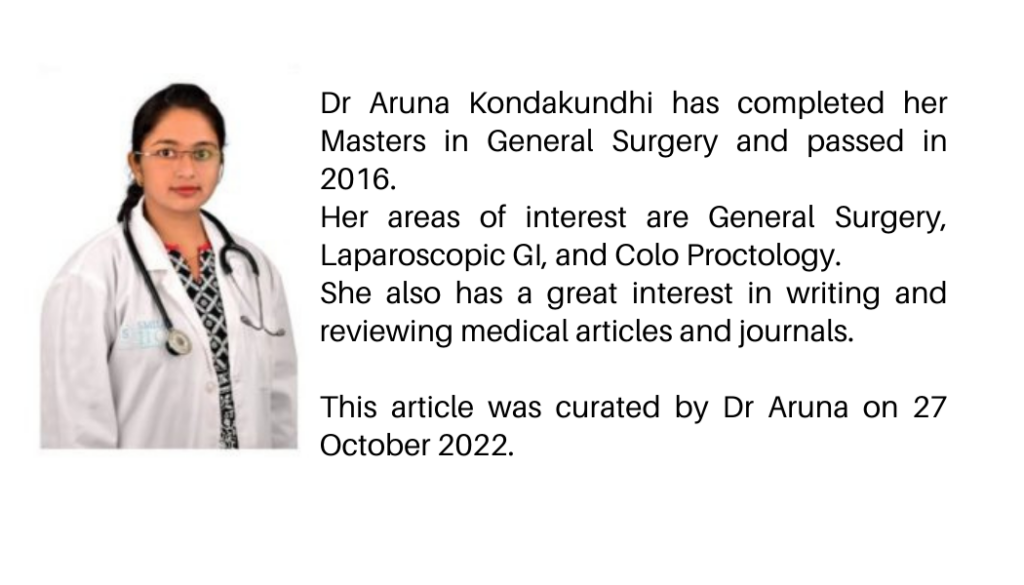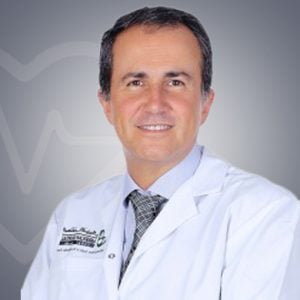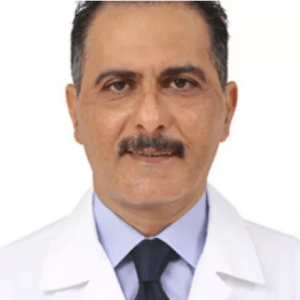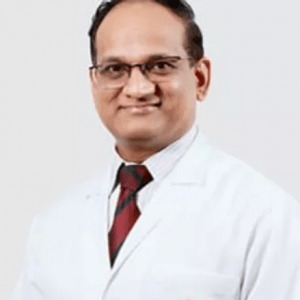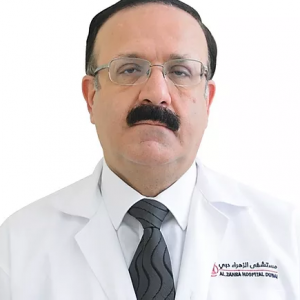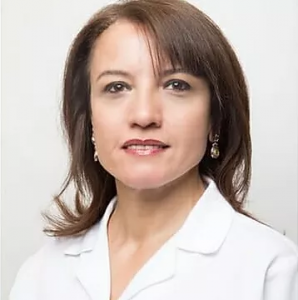Paradoxical Vocal Fold Movement (PVFM)
Vocal cord dysfunction, abbreviated as VCD, is also known as “Paradoxical Vocal Fold Movement (PVFM),” “Paradoxical Vocal Fold Motion (PVFM),” or “Laryngospasms. “This disorder is called “Paradoxical Vocal Fold Motion Disorder” by doctors who treat the ears, throat, nose, and sinuses (otolaryngologists), while pulmonologists who deal with the lungs refer to it as “Paradoxical Vocal Fold Motion Disorder (PVFMD).” “But they all mean the same thing, and they can be used interchangeably. Read More
Top Doctors For Paradoxical Vocal Fold Movement (PVFM) Treatments
Top Hospitals For Paradoxical Vocal Fold Movement (PVFM) Treatments
Paradoxical Vocal Fold Movement (PVFM)
Table of contents
What is Vocal Cord Dysfunction?
Vocal cord dysfunction, abbreviated as VCD, is also known as “Paradoxical Vocal Fold Movement (PVFM),” “Paradoxical Vocal Fold Motion (PVFM),” or “Laryngospasms. “This disorder is called “Paradoxical Vocal Fold Motion Disorder” by doctors who treat the ears, throat, nose, and sinuses (otolaryngologists), while pulmonologists who deal with the lungs refer to it as “Paradoxical Vocal Fold Motion Disorder (PVFMD).” “But they all mean the same thing, and they can be used interchangeably.
The paradoxical vocal fold is experienced when the voice box consisting of the vocal cords does not open up properly. Most times, vocal dysfunction can be mistaken for asthma due to the similarities in the symptoms experienced by both conditions. In the paradoxical vocal cord dysfunction, the vocal fold closes instead of opening while trying to breathe. When this happens, a high-pitched sound comes out when breathing in, which is known as an “Inspiratory Stridor,” resulting in shortness of breath and affecting speech. The difference between the vocal cord spasm and asthma is that for the asthmatic situation, the bronchial tubes consisting of the airway contract resulting in difficulty in breathing, and is also associated with genes and the immune system.
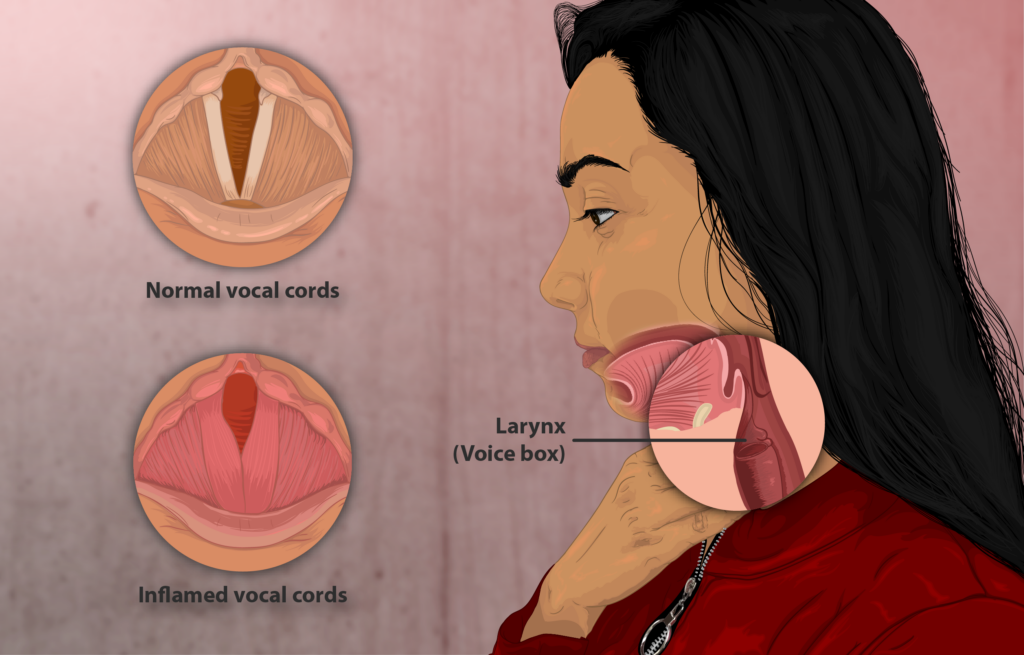
In contrast, the paradoxical vocal cord dysfunction is said to be a non-allergic situation that is acquainted with the immune system. Also, the VCD increases difficulties in breathing in (inspiration) than breathing out (expiration), while the case is reversed for patients with asthma which is a clear indication of the symptom differences. In most cases, persons diagnosed with asthma also end up having vocal dysfunction. Both cases possess similar symptoms and triggers, but the VCD treatment varies significantly from that used for regulating and managing asthma. Therefore, proper VCD diagnosis must be strictly conducted for efficient results indicating the disparities between asthma and vocal cord dysfunction. An immunologist or allergist is responsible for conducting this diagnosis as an expert is required for efficiency.
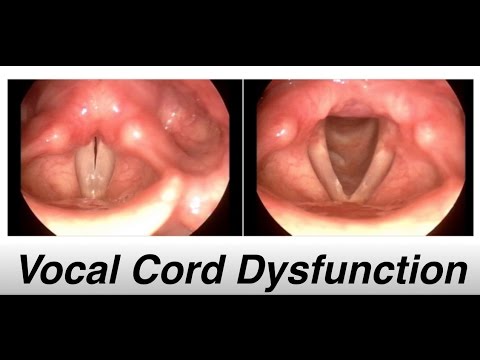
Causes
Paradoxical vocal cord dysfunction is mainly attributed to stress mostly before a performance or a competition, and the vocal folds have been strained and stressed. This is because there is no particular cause of the paradoxical vocal fold movement.
It can last for several minutes or even hours, but it can also lead to fainting due to the inadequacy of air through the airways to the voice box. This disorder is not life-threatening, and the action is said to be passive, i.e., involuntary action.
When a patient faints, the vocal folds tend to spread open, and the vocal cord spasm relaxes, permitting the inflow of air that passes through the trachea down to the lungs.
Another possible cause or trigger of the vocal cord attack is acid reflux. When the acid reflux in the system is strong enough to get into the throat, it can lead to an irritation in the vocal cord, triggering a closure to protect it. Therefore, this protection mechanism results in a possible VCD attack.
Other possible causes of the PVFM are:
- Breathing in cold air.
- Emotional stress.
- Inhalation of lung irritants
- Exercise.
- Smoking.
- Viral infection.
- Gastroesophageal Reflux Disease (GERD).
Symptoms
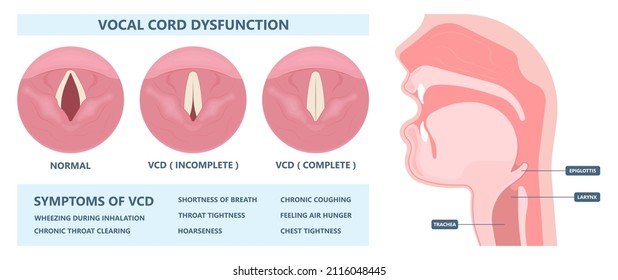
The most indicated symptom of vocal dysfunction is difficulty in breathing, though the symptoms range from mild to severe cases. Another symptom is constrictions in the throat region.
Symptoms that can be experienced with vocal cord dysfunction are:
- Tightness in the throat.
- Difficulty in breathing in.
- Feeling light-headed.
- Inspiratory stridor, i.e., noise as a result of inhalation.
- Feeling of breathing through a straw.
- Loud breaths.
- Coughing.
- Sudden loss of voice.
How is vocal cord dysfunction diagnosed?
Different doctors can conduct the process, a pulmonologist, gastroenterologist, allergist, neurologist, otolaryngologist, or psychologist. People with PVFM possess varying symptoms complicating the chances of diagnosing the VCD. Therefore, measures adhered to for conducting diagnosis are:
- Patient History
The medical history of the patient is to be crosschecked for previous medications taken, lung condition, smoking habit, and previous and current symptoms to pinpoint the primary determinant of the diagnosis of the VCD.
- Pulmonary Function Testing
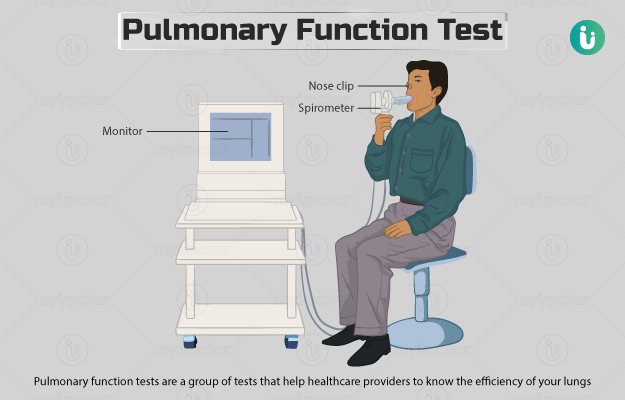
This is a typical form of testing for patients with the paradoxical vocal fold motion disorder as it is used to rule out a condition acquainted with pulmonary diseases. This is done due to the association of breathing problems with pulmonary diseases. The identification of any lung disease associated with the condition is mandatory for easy recommendations of treatment that would be effective for the patient.
- Laryngoscopy
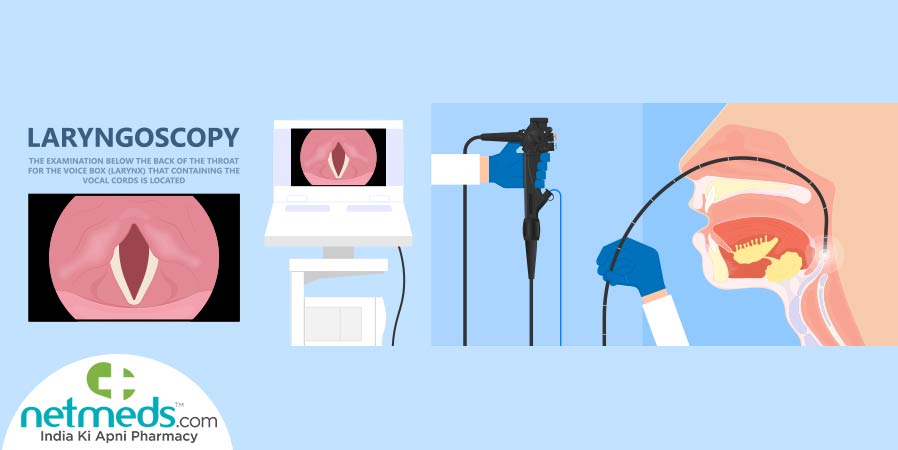
In this case, the doctor examines the vocal folds with the aid of a tube known as an endoscope which is passed through the nose or mouth alongside a stroboscope which is a flashing light that enhances the view of the vocal fold movement when talking or breathing. This movement can be triggered by providing a patient with a strong odor and observing the responses by the vocal fold.
- Investigation of Irritants
Factors like allergies, acid reflux, and stress are monitored in this case.
How is vocal cord dysfunction treated?
The major aim to be achieved by the treatment is to ensure that the vocal fold opens well and remains open while breathing, thereby becoming fully effective. The patient will also need to take into consideration the factors that trigger the VCD, therefore abstaining from those triggers. Patients suffering from VCD as a result of emotional stress are recommended to consult a therapist to prefer VCD therapy. Generally, the SLP is the best medical professional for the PVFM as they can give exercises that help the patient to recover early. The treatment plan for patients with vocal cord spasms can also be used for managing patients with asthma, as they both occur simultaneously most times. Treatment plans that could aid recovery from the vocal cord dysfunction are;
- Respiratory Training
Respiratory training is said to be a vocal cord dysfunction exercise. It involves a series of vocal cord dysfunction breathing exercises for the restoration of the effective opening of the vocal fold. The Speech-Language Pathologist (SLP) helps in developing throat relaxation and forms of breathing to curb the paradoxical vocal fold dysfunction. These breathing exercises are developed based on the needs of the patient and are geared to tackle some specific triggers for different patients.
- Breathing exercises
- Heliox: Heliox is a combination of helium and oxygen, respectively. It is generally used in an emergency department in order to reduce airway resistance [1].
- Tracheostomy: This procedure is done in cases where the patient is in severe distress and if nothing else works for the patient. During this procedure, an incision (cut) is made in the neck region (below the vocal cord), and a tube is placed into the windpipe. By doing this procedure, air can enter the lungs.
- Reflux Medication
The reflux medication can be considered as a vocal cord dysfunction home remedy whereby acid reflux is tackled. In this case, the acid reflux is limited to null the reaction of the vocal fold to the protective mechanism. Therefore, medications are taken to effect this, and further examination is to be conducted by a gastrointestinal specialist in cases where the symptoms are persistent.
FAQ
Speech therapy administered by a speech-language pathologist is the best treatment for vocal cord dysfunction. During this therapy, breathing, exercises, and voice training will be done.
The best way of lubricating the vocal cord is by keeping hydrated always. It is recommended that a person should drink 64 ounces of water per day. This volume produces thin and watery mucus.
Placing the hands on the chest and massaging the surface, then raising the chin and rubbing the chin back and forth for 20 seconds.
Deep breaths from the chest are used to support the voice, especially in singers and speakers who minister or speak regularly. Therefore, deep breaths help in reducing strains in the vocal cord.
Resting the vocals and hydration is the best way to prevent and stop fatigue in the vocals.
The types of vocal cord dysfunction are:
a) Laryngospasm- A condition where the vocal cord seizes or contracts. The patient will find it difficult to breathe or lose the ability to speak.
b) Exercised-induced vocal cord dysfunction
c) Irritant-induced vocal cord dysfunction
d) Stress-induced vocal cord dysfunction
Vocal cord dysfunction is more commonly seen in women compared to men aged between 20-40. It can occur and affect anyone at any age, including kids as young as eight years old.
No, vocal cord dysfunction is not contagious. The exact cause of vocal cord dysfunction is not known. Studies are carried on regarding what can trigger (start) an episode of vocal cord dysfunction.
No, the weather does not worsen the condition of vocal cord dysfunction.
No, vocal cord dysfunction is not a sign of asthma.
Yes, there is a possibility that the patient can have a reoccurrence of VCD.
VCD is not itself a life-threatening condition. It cannot be treated completely. But it can be managed.
Yes, by maintaining a healthy lifestyle, practicing exercises shown by the doctor, taking medications regularly, and avoiding trigger agents. All these factors can help in minimizing fewer episodes of vocal cord dysfunction. VCD will not permanently interfere with day-to-day activities.
References
- https://my.clevelandclinic.org/health/diseases/17623-vocal-cord-dysfunction
